Power. Unlimited Power. If you feel the urge to scream that like Emperor Palpatine, I won’t get in your way. If the Polk Audio L100 bookshelf loudspeakers have one flaw (and they don’t have very many), it is that they need power. They crave it. Like a Sith Lord with a bad case of skin acne. It took some experimentation with power that some would deem unnatural (It’s going to be one of those columns) to get the Polk Audio L100 to really open up; but when they did it was obvious that my initial anxiety about them was seriously misplaced.
There are definitely some interesting changes afoot in both Maryland and California with the company. Polk Audio have been manufacturing high-end loudspeakers for over 40 years and very much like their rivals over at Klipsch Audio – they never stopped making high-end audio loudspeakers regardless of what some high-end audio magazine told you over the past decade.
Wait. What?
For some reason, that I’m sure has to do with a very short-sighted business strategy (or sucking up to other manufacturers), high-end magazines decided for almost a decade that neither Klipsch Audio nor Polk Audio made high-end loudspeakers.
I won’t even get into the politics of why magazines would pretend that the Klipsch Heritage loudspeakers stopped being audiophile-approved — but then suddenly there was an awakening with the release of the RP-600M, and every reviewer was willing to ditch everything for the opportunity to review the new Heresy IV, Forte III, or La Scala AL5.
Polk Audio announced the very impressive Legend Series and I’ve only seen a smattering of high-end publication reviews. Kudos to Stereophile, Sean of Zero Fidelity, and The Audiophiliac (Steve Guttenberg) for taking the time to give these excellent loudspeakers a fair shake.
Polk Audio don’t make high-end loudspeakers?
I find your lack of faith disturbing.
You can find a link below to their technical details, but the Polk Audio L100 have one of the most interesting driver complements I’ve ever seen on a high-end bookshelf loudspeaker this affordable.
40 years of tweeter innovation, design and prototyping has led to the development of the new 1-inch Pinnacle ring radiator tweeter. One thing you will notice right away are the metallic tweeter spires that protrude outward from the radiator tweeter. Be careful around them and keep the kids away.

The ring radiator tweeter is set above a single 5.25-inch Turbine cone driver. The Turbine cone driver combines Polk’s proprietary foam core and the molded Turbine geometry which dramatically increases stiffness and damping.
On the rear of each of the cabinets is a rather clever port system. Polk’s explanation is that traditional bass ports create audible noise and mask low frequency bass information that you need to hear. The Enhanced PowerPort used on the L100 transitions air flow from the speaker into your listening area for louder, cleaner bass while minimizing turbulence, distortion, and port noise.

Three very unique pieces of engineering, but do they work?
I mentioned at the beginning that the Polk Audio L100 need power. I must confess that I’ve read some reviews that suggested that you can get away with 100 watts of power from “streaming amplifiers” – and become very confused.
The L100 are rated at 85 dB (4 ohms) and Polk recommends a minimum of 70 watts/channel with them. Let’s be clear – 70 watts of Class AB power.
The L100 cabinet is constructed of MDF that varies in thickness from 1″ to 1.5″ and is extensively braced. You can feel the quality of the construction when you give the loudspeakers a solid tap. The real wood veneer and hand polished baffle only add to the overall feeling that you’ve purchased a much more expensive loudspeaker for only $999/pair.
- For more detail, check out our Polk Audio Legend L100 review here.
To put together the best possible system around these excellent loudspeakers, I drove them with the following: Cambridge Audio Edge A, Rotel Michi X3 (reviewed here), and Schiit Audio Ragnarok 2 integrated amplifiers. The Ragnarok 2 makes the most sense from a budgetary perspective but I found that it didn’t have the grunt to drive the L100 well enough. It sounded great within its limitations, but the Polk loudspeakers needed more power.
Schiit Power


The Ragnarok 2 integrated amplifier did a lot of things really well with the L100. My only issue was with the softness in the bass department; which is one of the best aspects of the Polk loudspeakers. They need something with more power and grip in the lower registers.
The Schiit Vidar power amplifier delivers 200 watts (4 ohms) and matched with the Saga+ preamp is cheaper than the fully loaded Ragnarok 2. It is not as warm sounding as its older sibling, but you’re getting a lot more power and tightening up the bass.
But enough about the power for the moment.
The L100 do 3 things exceptionally well; and better than most of the loudspeakers that are similar in size (13.6″ H × 7.8″ W × 11.3″ D) and under $1,500.
Bass response is deep and authoritative. Zero slop. If you enjoy electronica, techno, and anything requiring some low end punch, the L100s will not disappoint.
Compared to other bookshelf loudspeakers I’ve had here over the past 6 months including the Acoustic Energy AE1, Focal Chora 806, and Wharfedale EVO 4.2, the Polk Audio L100 demonstrated greater impact, dynamic capabilities, and outstanding imaging.
Scale was off the charts with the L100. Especially for a loudspeaker of this size.
The upper midrange and treble are on the lively side, but certainly not hard or etched. Clarity and detail are excellent even with its warmer tonal balance; with the right amplifier, vocals are warm but also reach out and touch you.
We’ll get more in-depth in early April with our review, but the Polk Audio L100 work beautifully as the heart of this $5,000 system.
The Natty Boh

Polk Audio’s development and engineering teams are still based in Maryland; Owings Mills is a northwest suburb of Baltimore and around 45 minutes from Camden Yards where I’ve enjoyed more than a few beverages over the years. Having spent almost 10 years of my life in Maryland and D.C., a cold Natty Boh with some Maryland blue crabs is a summer tradition before an Orioles game that I miss very much.
Polk Audio L100 Loudspeakers ($999 at Crutchfield | PolkAudio.com)
Schiit Audio Vidar Power Amplifier ($699 at Schiit Audio)
Schiit Audio Saga+ Pre-amplifier ($399 at Schiit Audio)
Rega Planar 3 Turntable with RB330 Tonearm ($945 at Turntable Lab)
Hana EL Cartridge ($475 at Turntable Lab)
Moon by SimAudio 110LP V2 Phono Preamp ($475 at Amazon)
Bluesound Node 2i Streamer ($549.00 at Crutchfield | Amazon)
Pangea Audio DS400 24″ Loudspeaker Stands ($199.95 at Crutchfield)
Total: $4,740.95


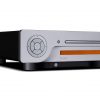
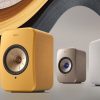

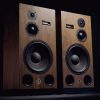
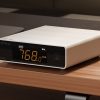












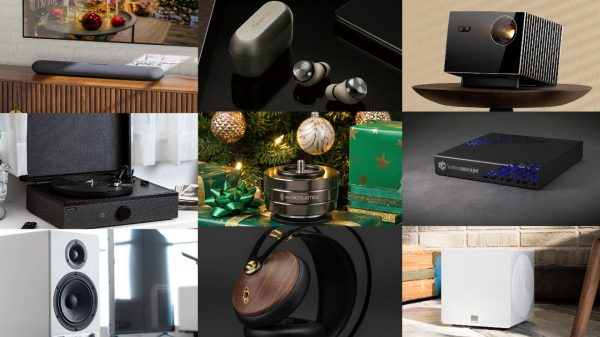


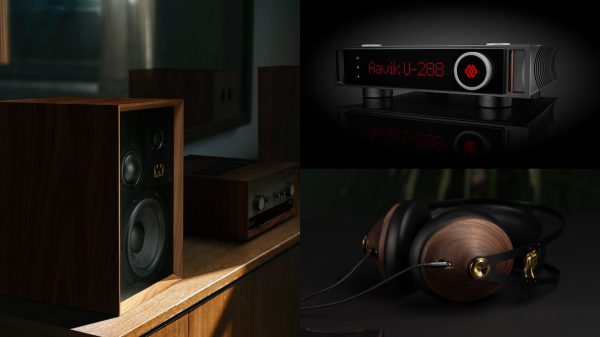
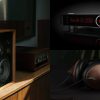
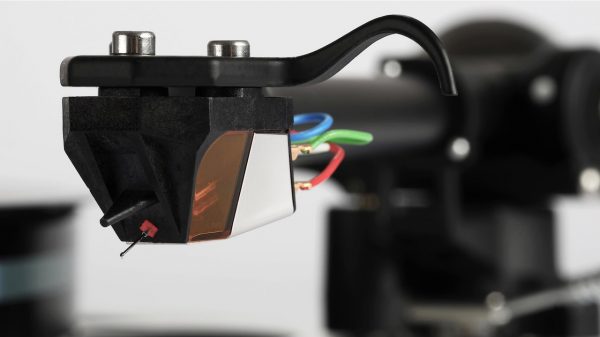
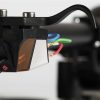
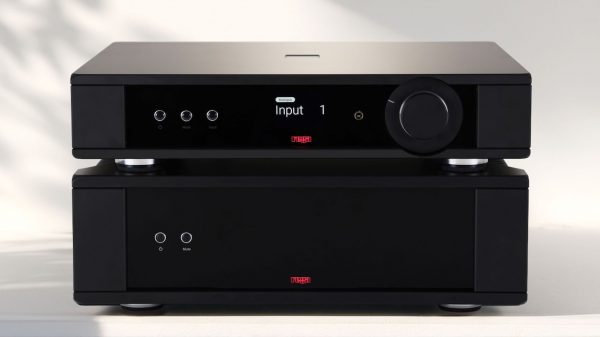
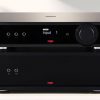
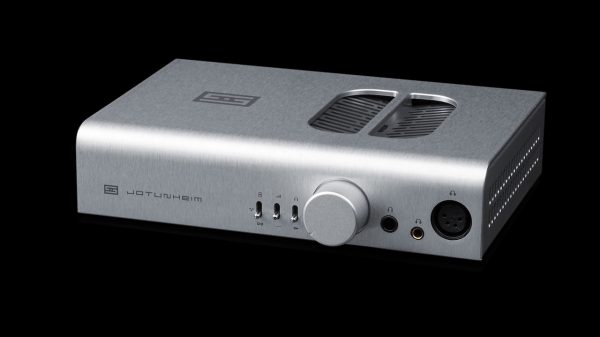
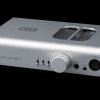
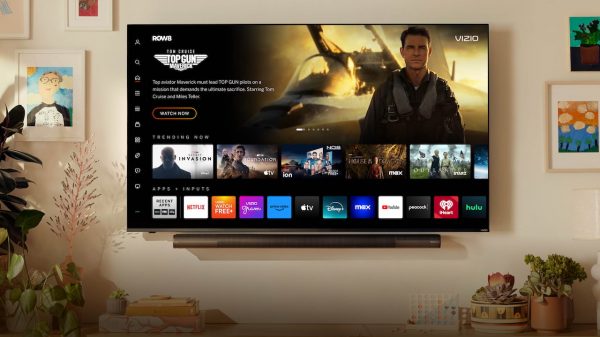
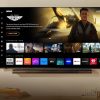
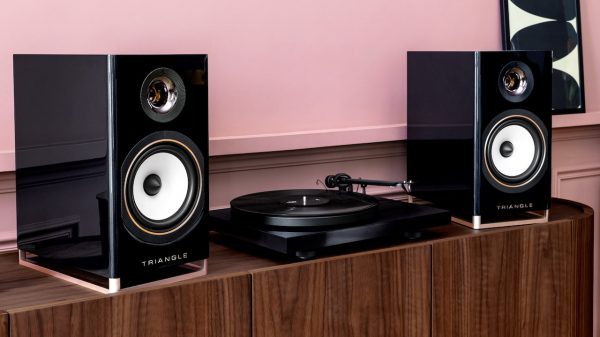
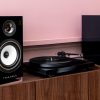











Lee Martin
February 16, 2024 at 12:08 pm
Hi,
I wondering if anyone has found an affordable integrated, <$2k, that is a good match for the L100. For now I want to exclude the Marantz\Denon integrateds that by online reviews seem to be a good match. I've owned a couple in the past and while good I'm looking for something different.
Ian White
February 16, 2024 at 7:25 pm
Lee,
That’s a good question. The L100 need power. An amplifier that can control it. Emotiva and NAD come to mind.
Best,
Ian White
Phillip Jones
January 6, 2025 at 12:42 am
Driving mine with an Emotiva A2 amplifier 160 wpc into 8 owns.
Seems adequate. The L100’s sound amazing
Ian White
January 6, 2025 at 11:25 am
Phillip,
I agree. It’s a pity that Polk didn’t put more weight behind these from a marketing perspective. Definitely one of their better products.
IW
Ben
March 1, 2024 at 11:57 am
Perhaps an Arcam SA20? 80 watts @8ohm; 145 watts @4ohm. Discounted now and just $999. Replaced by the Arcam Radia line, which would worth a look too. Maybe a NuPrime IDA-8 as well at $1099?